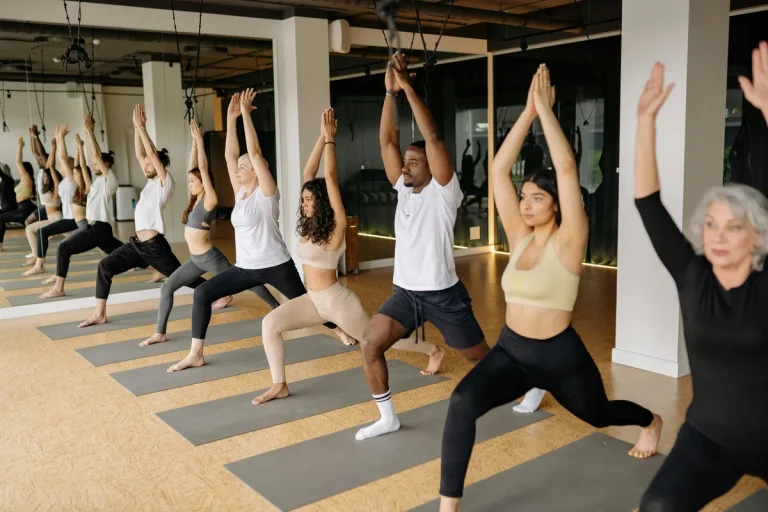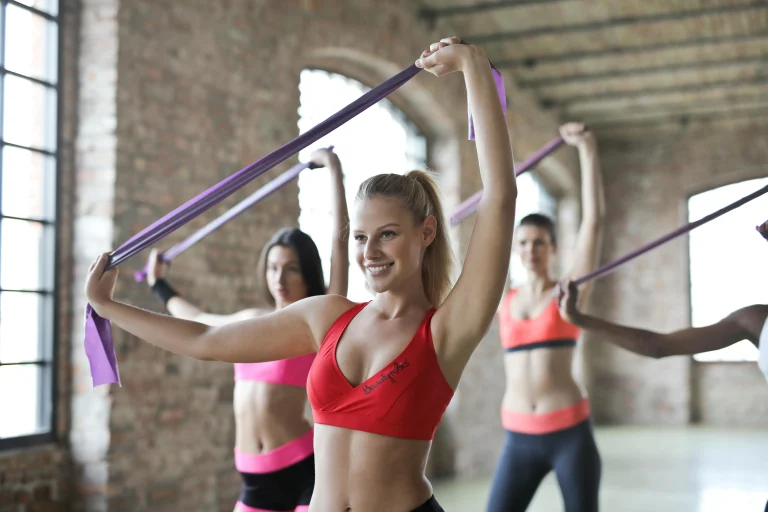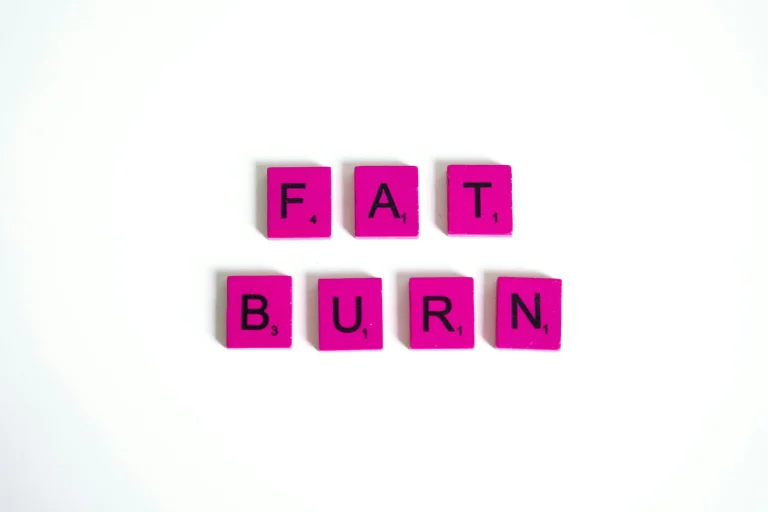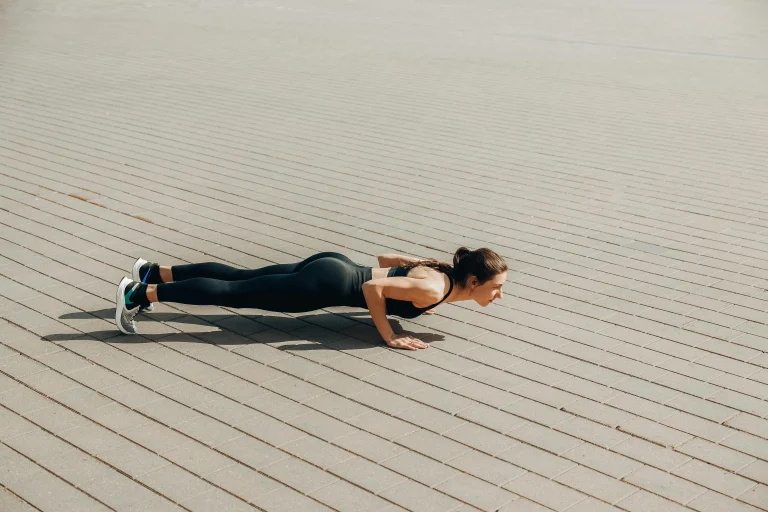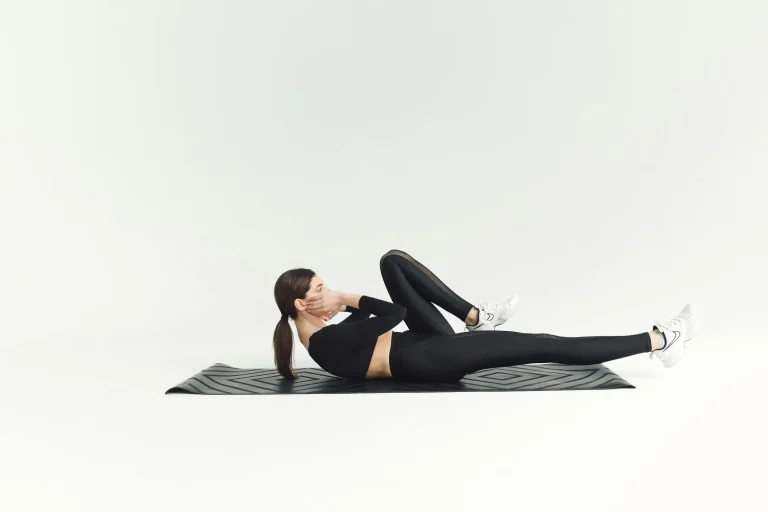Running builds cardiovascular strength, mental grit, and muscular endurance but it also places repetitive stress on the body. Tight hips, sore hamstrings, and stiff calves are common complaints among runners, and over time, these imbalances can lead to injury. That’s where yoga comes in.
Yoga complements running by improving flexibility, correcting posture, and enhancing breath control. It’s not just about stretching it’s about building resilience and longevity in your stride. Here’s how to use yoga to stay injury-free and boost your endurance.
Why Runners Benefit from Yoga
Running is a forward motion activity that often leads to tight hip flexors, shortened hamstrings, and underactive glutes. Over time, this can affect stride efficiency and increase the risk of overuse injuries like IT band syndrome, shin splints, and runner’s knee.
Yoga helps by:
- Releasing tension in overworked muscles
- Strengthening stabilisers like the core and glutes
- Improving joint mobility and alignment
- Enhancing breath awareness and recovery
- Supporting mental focus and body awareness
Even a few minutes of yoga a week can make a noticeable difference in how you feel during and after your runs.Your Weekly Wellness Boost
5 Yoga Poses Every Runner Should Practice
These poses target the areas runners need most hips, hamstrings, calves, and core. They’re accessible, effective, and easy to integrate into your routine.
1. Low Lunge (Anjaneyasana)
Opens tight hip flexors and strengthens glutes.
- Step one foot forward into a lunge, with the back knee resting on the mat.
- Reach arms overhead and gently sink hips forward.
- Hold for 30 seconds per side.
Why it works: Running shortens the hip flexors this pose helps restore length and balance.
2. Half Splits (Ardha Hanumanasana)
Stretches hamstrings and calves without straining the lower back.
- From Low Lunge, shift hips back and straighten the front leg.
- Keep spine long and fold forward gently.
- Hold for 30 seconds per side.
Why it works: Improves stride length and reduces risk of hamstring strain.
3. Chair Pose (Utkatasana)
Builds strength in quads, glutes, and core.
- Stand with feet together, bend knees as if sitting in a chair.
- Raise arms overhead or joined Infront and keep chest lifted.
- Hold for 30–45 seconds.
Why it works: Strengthens key running muscles and improves joint stability.
4. Reclined Figure Four (Supta Kapotasana)
Targets the piriformis and outer hips.
- Lie on your back, cross one ankle over the opposite thigh.
- Thread arms through and gently pull the legs toward your chest.
- Hold for 45 seconds per side.
Why it works: Helps prevent tightness that can lead to sciatic pain or IT band issues.
5. Legs Up the Wall (Viparita Karani)
Promotes circulation and recovery.
- Lie on your back with legs extended up a wall.
- Relax arms by your sides and breathe deeply.
- Hold for 5–10 minutes.
Why it works: Reduces swelling, calms the nervous system, and aids post-run recovery.
How to Incorporate Yoga Into Your Running Routine
You don’t need to overhaul your schedule just a few minutes of targeted movement can help. Here’s how to make it work:
- Pre-run: Use dynamic poses like Low Lunge and Chair Pose to warm up muscles and activate stabilisers.
- Post-run: Focus on static stretches like Half Splits and Reclined Figure Four to release tension.
- Recovery days: Try a full yoga flow or restorative poses like Legs Up the Wall to support healing.
- Weekly goal: Aim for 2–3 short sessions (10–20 minutes) to maintain flexibility and prevent tightness.
Consistency matters more than intensity. Even brief sessions can support long-term endurance and injury prevention.
Common Mistakes to Avoid
Yoga is low-impact, but it still requires attention to form and breath. Here are a few things to watch out for:
- Forcing deep stretches: You should feel sensation, not pain. Ease into each pose gradually.
- Holding your breath: Breath fuels movement and recovery stay mindful of your inhale and exhale.
- Skipping alignment cues: Proper form protects joints and maximises benefits.
- Neglecting strength-building poses: Flexibility is only half the equation balance it with stability.
- Doing too much too soon: Start with a few poses and build from there.
Yoga is a tool not a test. Use it to support your running, not compete with it.
Editorial Sources
Real Fit Wellness is committed to providing accurate, trustworthy content sourced from peer-reviewed research, board-certified medical experts, patient insights, and leading health organizations. Our editorial standards prioritize clarity, credibility, and relevance.
Sources
The Yoga Institute – Yoga for Runners: Top Stretches & Poses to Boost Performance
https://theyogainstitute.org/yoga-for-runners-stretches-and-poses-to-enhance-performance
Yoga Journal – Best Yoga Poses for Runners (And Why You Need Them)
https://www.yogajournal.com/practice/yoga-poses-for-runners
Alkeformt – 5 Yoga Poses for Runners to Improve Stamina and Avoid Injuries
https://alkeformt.com/5-yoga-poses-for-runners-to-improve-stamina-and-avoid-injuries/


